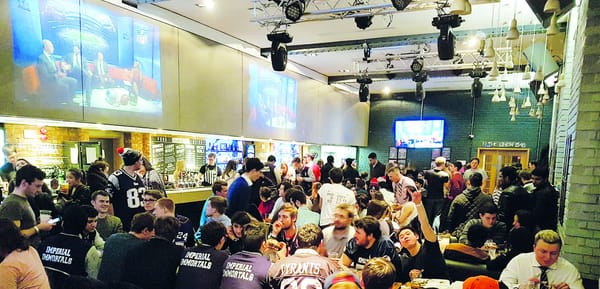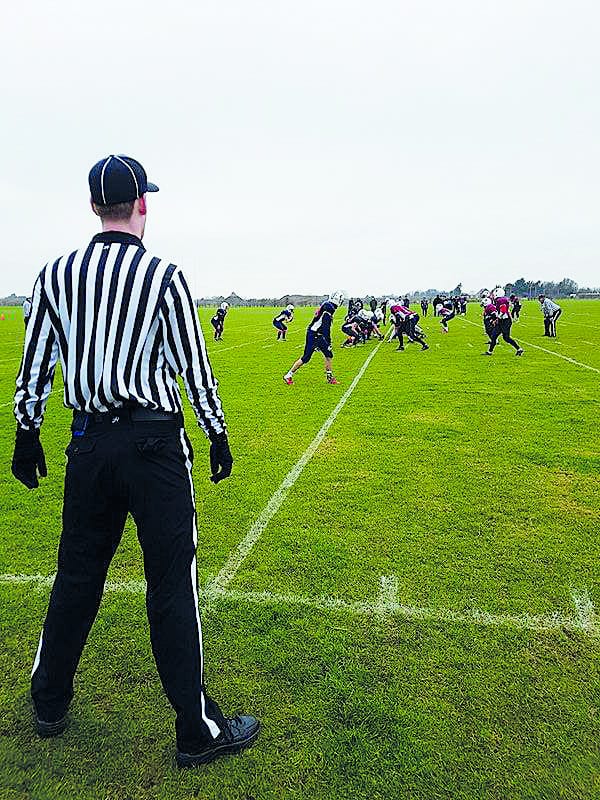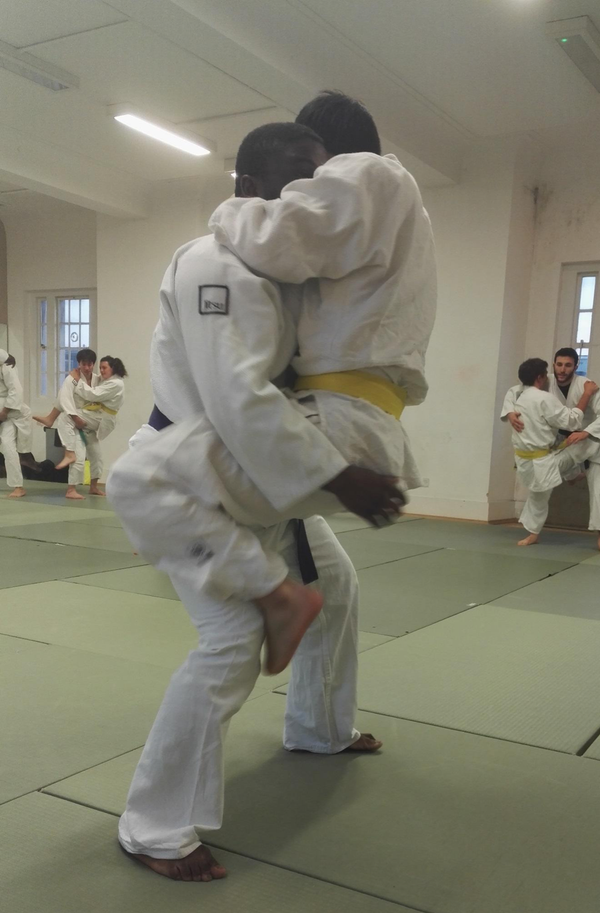Because playing hockey on land is so last year
I would like to say my ability to puck-push closely resembled that of a graceful mermaid, but only to the extent that it was completely fictional

I have two minor claims to fame: my brother featured in a Gocompare advert alongside Stuart Pearce and I learnt to swim in the same pool as Anthony Head’s children. Pretty impressive right? No, I know, but it means I have always seen swimming as an epic, almost vampire-slaying-esque activity. And I’ve never really been any good at it. So when I was handed the opportunity to try a sport I’ve never played, hockey, and take it to the pool, I was apprehensive. Underwater hockey, or Octopush, does exactly what it says on the tin. Hockey, with sticks and all, played in your local lido. Two teams of six aim to push a weighted puck into the opponent’s goal (the construction of which resembled the underwater equivalent of sticking jumpers down as goal posts). The sticks are essentially shortened versions of their land cousins. Breathing, which I learnt rather quickly involves drinking half the pool, is tricky: requiring a technique by which you dive down with a deep breath and surface with a tip of the head and an almighty cough to empty out the snorkel tube. Being a strong swimmer helps, but it’s also an advantage to have a good element of flexibility. Something I struggle with seeing as I can’t even touch my toes.
Sessions at Imperial take place at the Ethos pool, shared with the University scuba diving club under the umbrella of the underwater group. This helped when taking pictures of yours truly to highlight my budding mer-man impersonation. Kit was provided in the form of flippers and a snorkel. Once again, Imperial clubs are providing free equipment for those unable to purchase kit themselves. Underwater hockey is no exception, giving me a range of sizes to ensure I could compete comfortably. Once in the water, I’m given clear and concise instructions as to how to breathe properly. Having tried it and resembled a fish out of water, we move onto some simple breathing drills along the length of the pool. We would swim a section of the pool along the floor then the remainder along the surface. This helped train newcomers on the different positions required when playing. It was explained to me that players usually float near the surface when not in play, then quickly dive down in order to get involved.
As you can see, the club have designed exercises which aptly address this most basic of skills. It shows the sign of a good team when they start with the basics, even for those who are a dab hand. There are a few newbies in the session with me, and they are treated with great care as expected in a sport which is potentially dangerous for weaker swimmers. However, let’s not try and sugar coat it here, I wasn’t exactly flying up and down the pool. More like confidently diving down a few centimetres due to an increased… let’s say buoyancy… around the midriff. But I certainly tried and it has definitely convinced me to spend more time in my speedos, much to my wife’s dismay.
Next up, puck exercises. We split into two teams and form circles. This is a ‘simple’ task where you push the puck between team mates. The knack is to wait for the person two turns in front before diving down, ready to receive the puck. This technique is pivotal during a game: dive too soon and you’ll run out of air, too late and your opponent swims under you like a scene taken straight from Jaws. The scuba team kindly took some snaps of me trying this: typically, they only caught my poorer attempts otherwise I would like to say that my ability to puck-push closely resembled that of a graceful mermaid, but only to the extent that it was completely fictional. Fortunately, the members were very supportive, giving me hints and tips on how to improve. Similar to many clubs I’ve visited, everyone is very welcoming and driven to improve your ability and not just their own.
As I had to leave early, we were put straight into a mini game. Now, normally by this point in a session I’ve got the basics down and can join in as much as possible. Unfortunately, I wasn’t just trying to find my feet but also my lungs, so to say I was playing would be generous. I did, however, get a good idea of how the sport is played and the manoeuvres required in order to be triumphant. Players start at either end of the pool and rush to the puck which has been placed in the centre, similarly to dodgeball. You nominate someone to rush forward and the rest swim towards the other team. What follows closely resembles a controlled piranha feast, with less blood and more stick swiping. Players will attempt to move the puck through the pool but passing before your lungs scream for air. A culmination of strong swimming technique and puck control is essential, but it’s not a sport to be avoided purely due to poor ability. Similar to many of the more unusual sports it’s severely under-represented, but provides an opportunity to be a stronger swimmer and team player. I urge you to at least go online and watch some being played, then subsequently attend training on Thursday nights as you will like what you see. The only downside I can think of is that I couldn’t wear my usual Birmingham City shirt.









